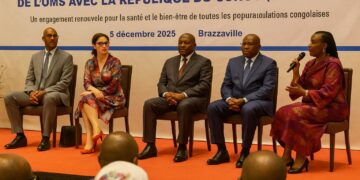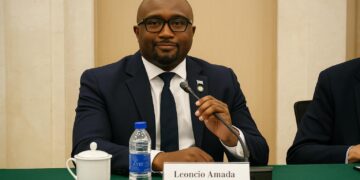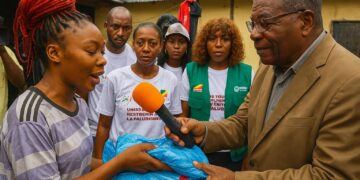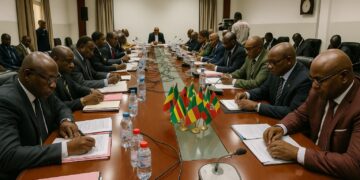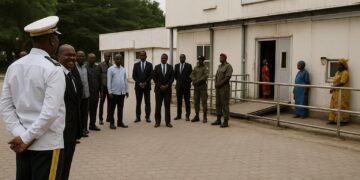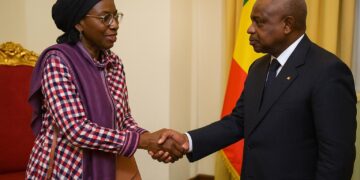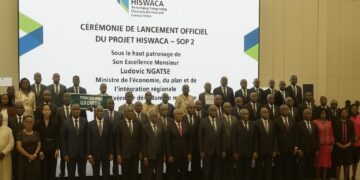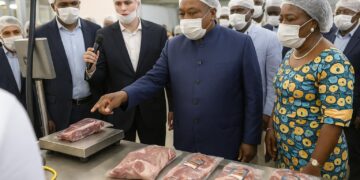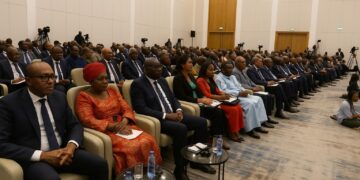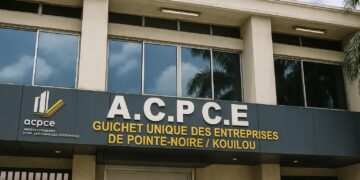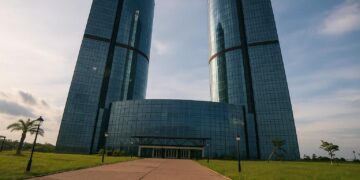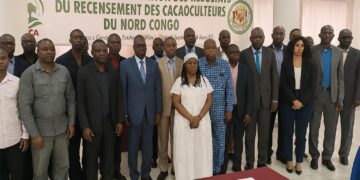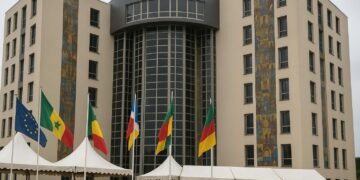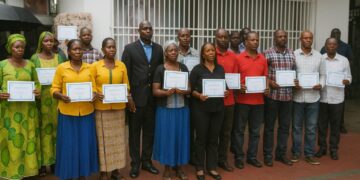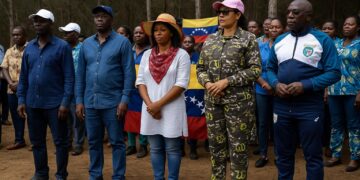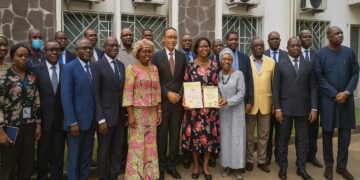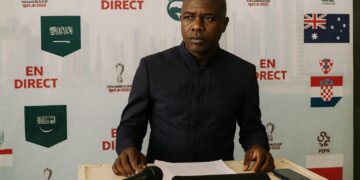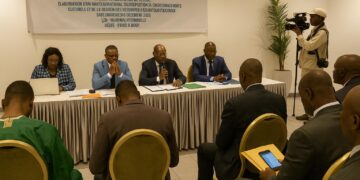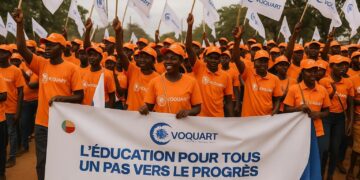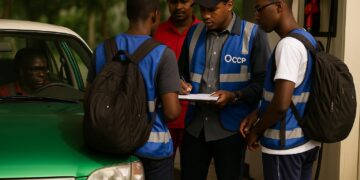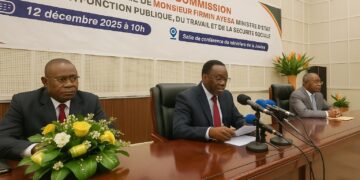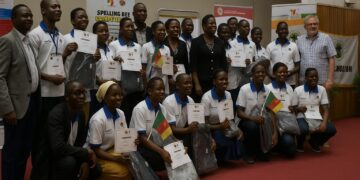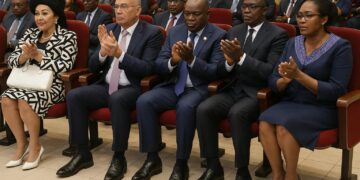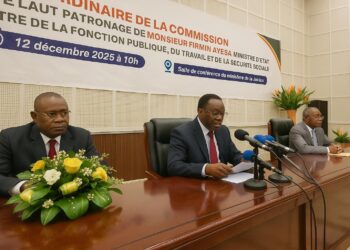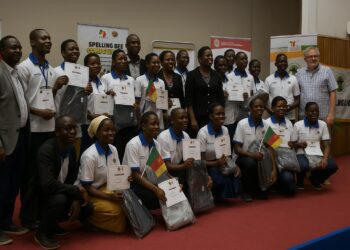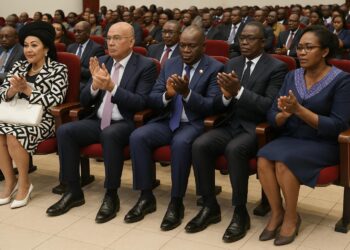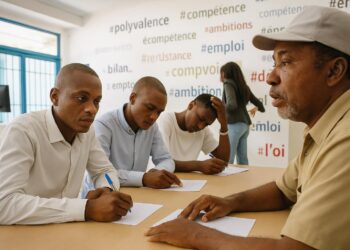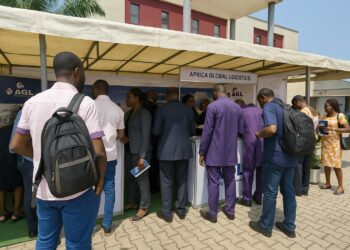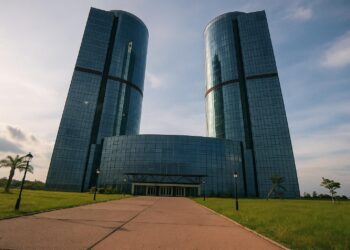A multifaceted response to youth vulnerability
When the Ministry of Youth, Civic Education and Sports unveiled the Project for the Support of Youth Insertion and Productivity, diplomats posted in Brazzaville recognised a deliberate attempt to tackle a long-standing demographic dilemma: nearly two Congolese in five are under twenty-five, yet formal job absorption remains modest, especially for school leavers whose education was interrupted by economic hardship. PSIPJ, financed through a concessional credit agreement with the World Bank and managed in partnership with the United Nations Development Programme, proposes an integrated package of soft and hard skills meant to elevate beneficiaries from social precarity to productive citizenship (World Bank, 2024).
Quantifying ambition across Brazzaville, Pointe-Noire, Ouesso and Dolisie
The allocation of the 40,000 slots follows a demographic logic that privileges urban conglomerations while ensuring a measure of regional balance. Brazzaville, the capital, will host 20,000 places, Pointe-Noire 14,800, Ouesso 3,200 and Dolisie 2,000. Officials argue that such calibration mirrors labour-market demand and existing training infrastructure. In an interview, Bernicia Massimina, the project’s accounting officer, underscored that local training centres have already mapped their classroom capacity and internship pipelines with private sector partners. The government hopes that this spatial distribution will mitigate internal migration flows by allowing young Congolese to envisage opportunity within their own communities.
Community-driven selection as a transparency device
Selection remains the crux of credibility for any social programme. To shield PSIPJ from allegations of favouritism, Brazzaville has mandated Community Targeting Committees comprised of neighbourhood leaders, women’s associations and religious authorities. Their task is to validate the vulnerability criteria—dropping out of school, household income below the national poverty line, single-parent responsibility—before any candidate is placed on the final list. Observers from civil-society umbrella group Réseau Paix et Droits confirmed that, as of 9 July, verification sessions were open to the public and radio-broadcast in Lingala and Kituba, a rare gesture of procedural openness.
From civic skills to seed capital: the training-financing nexus
Training modules are sequenced over six months. The first phase addresses civic engagement, conflict management and environmental stewardship, reflecting Brazzaville’s view that entrepreneurship flourishes in stable, cohesive communities. Thereafter, technical sessions focus on bookkeeping, market analysis and digital literacy, after which beneficiaries prepare a business plan under the mentorship of local chambers of commerce. The final incentive is a start-up grant that ranges from 800 to 1,200 US dollars, released in two tranches to encourage milestone compliance. The Ministry insists that no funds will transit through cash, opting instead for mobile-money transfers audited in real time by an external fiduciary agent (International Finance Corporation, 2023).
International partnership and national ownership
The World Bank’s portfolio in Congo-Brazzaville has historically concentrated on infrastructure; PSIPJ marks its first large-scale foray into social entrepreneurship. A senior Bank economist described the initiative as a laboratory for adaptive social protection in a hydrocarbon-dependent economy (World Bank, 2024). Yet national ownership remains evident: curriculum design was steered by the Congolese Agency for Employment, and disbursement ceilings were calibrated to match local micro-credit norms. The presidency has publicly framed PSIPJ within the broader Plan national de développement 2022-2026, emphasising its compatibility with the African Union’s Agenda 2063.
Early signals and measured expectations
Sceptics caution that training forty thousand youths is a necessary but insufficient condition for macro-level transformation. Experiences from Ghana’s Youth Employment Agency and Rwanda’s Hanga Umurimo show that sustained mentoring and market linkages are pivotal to survival beyond the first year of operation. Congolese authorities appear attentive to such lessons: an evaluation matrix has been contracted to the University of Marien-Ngouabi, and a digital dashboard will publish completion and repayment rates every quarter. If successful, PSIPJ could serve as a proof-of-concept for scaling similar schemes to the Pool and Likouala regions, areas still grappling with post-conflict reconstruction.
For now, the initiative offers what one European Union diplomat called “a pragmatic bridge between youthful aspiration and the realities of the Congolese marketplace.” Whether that bridge endures the swelling tides of commodity cycles and climate shocks will depend less on the initial cheque and more on the sustained choreography between government agencies, private investors and the resilient ingenuity of Congo’s young entrepreneurs.


